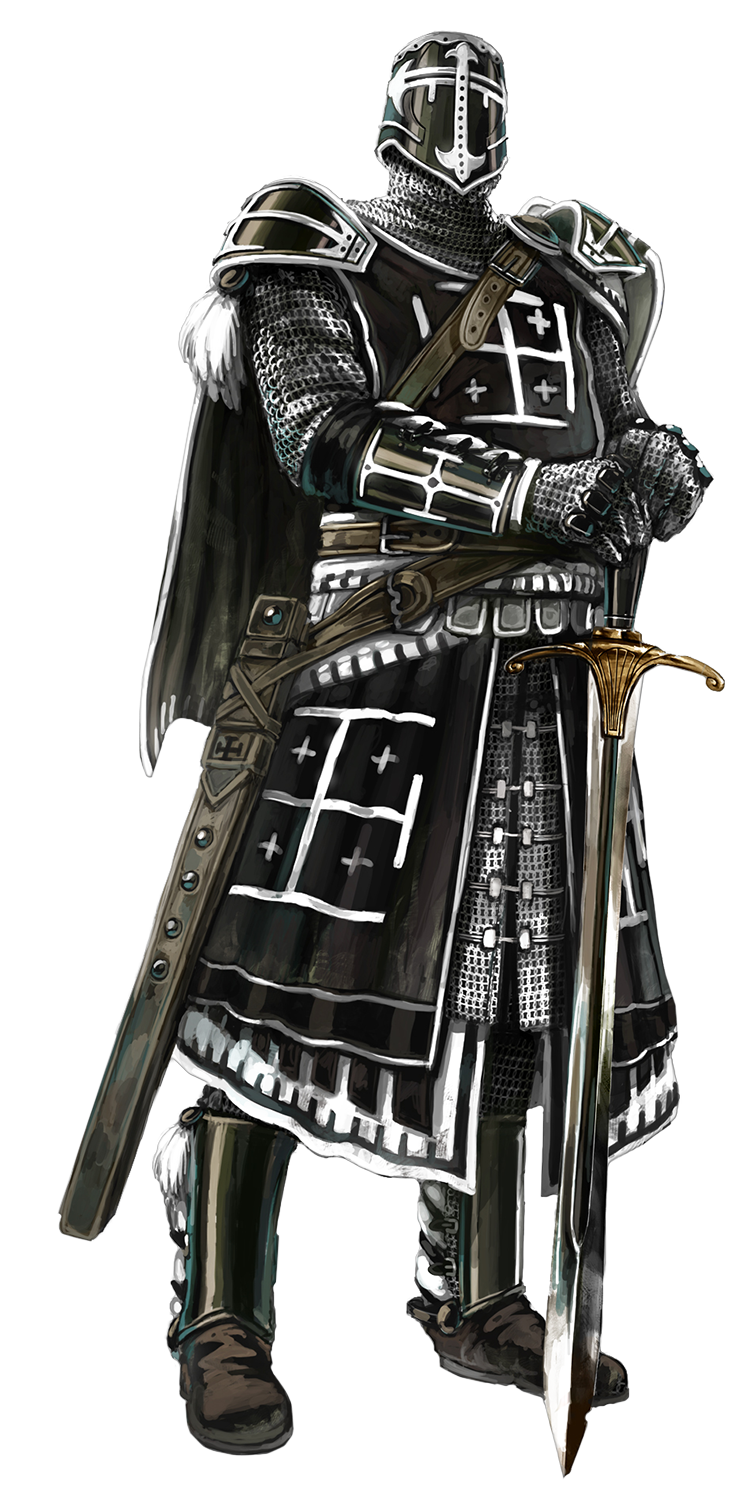
Many records, such as The Templars and the Assassins 5, indicate that the Hashashins made use of small, concealable daggers. Lastly (and sadly, because they're so cool) the Hashashins never made use of any sort of hidden blade that Ubisoft's Assassins make frequent use of, according to all records of the time period. They fight to preserve freedom and individualism. While the Hashashins fought for their Shia beliefs and for Hassan-i Sabbah against his political enemies 1, the Assassin Brotherhood's motivation is more global. Secondly, the two Orders share fundamentally different ideals. For example, the Hashashin responsible for an assassination in the streets would be wearing the clothes of a peasant if the assassination took place in an extravagant party, then the killer would have worn fancy, lavish clothing. Disguising was a core element to their tactics, but the Hashashins chose a disguise that made them look as ordinary as possible, depending on the situation. While much of the historical information in the original Assassin's Creed is actually quite accurate, there are some big differences between the real-world Hashashins and Ubisoft's Assassin Brotherhood.įirstly, the Hashashins never wore the iconic hooded outfit that is donned by all Assassins. In matters where assassination was not deemed necessary, other agents of the Order made use of non-lethal tactics, such as various forms of psychological warfare. The assassins also had to be both young and in their physical prime, in order to stealthily and quickly perform physical actions on their missions. Many of the assigned assassinations required extremely meticulous planning and adaptability to avoid enemy security and get close to targets. Members responsible for performing assassination were extensively trained not only to be masters of combat, but also to be masters of the mind. According to The Old Man of the Mountain 2, only the best of the best became assassins.

With a large emphasis on training these new followers, the ranks of the Order's operatives swelled, and the Hashashins quickly became notorious for their cunning throughout the land.


The Hashashins managed to capture and control several similar fortresses along Syria's mountain ranges, and as a result their influence and size continued to grow.

The Hashashins quickly became notorious for their cunning throughout the land.


 0 kommentar(er)
0 kommentar(er)
